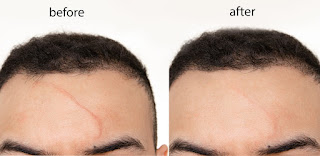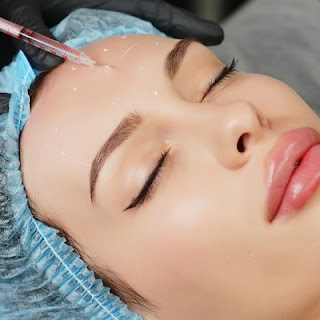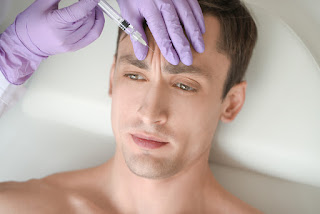Understanding Facial Scars: Types, Causes, and Treatment Options
Facial scars can be a source of distress for many people, affecting their self-esteem and confidence. Understanding the types, causes, and treatment options of facial scars is crucial to addressing the issue and restoring confidence.
Types of Facial Scars
Facial scars can vary in type, size, and location. Some of the most common types of facial scars include:
1. Keloid Scars - These scars are characterized by a raised and thickened appearance and can extend beyond the boundaries of the original injury. Keloid scars tend to occur in people with darker skin tones.
2. Hypertrophic Scars - These scars are similar to keloid scars but are confined to the boundaries of the original injury. They can be red or pink and may itch or feel uncomfortable.
3. Atrophic Scars - These scars are characterized by a depressed appearance and are often caused by acne, chickenpox, or injury. They can be shallow or deep and may be circular or linear.
4. Contracture Scars - These scars are characterized by tightness or stiffness in the skin and can occur after burns or other injuries. Contracture scars can affect movement and function in the affected area.
Causes of Facial Scars
Facial scars can be caused by a variety of factors, including:
1. Accidents - Accidental injuries to the face, such as cuts, burns, or abrasions, can lead to facial scars.
2. Surgery - Some surgical procedures, such as skin grafts or cosmetic surgery, can result in facial scars.
3. Acne - Severe acne can leave behind atrophic scars on the face.
4. Infections - Infections such as chickenpox can leave behind atrophic scars on the face.
5. Genetics - Some people may be predisposed to developing keloid or hypertrophic scars due to genetic factors.
Treatment Options for Facial Scars
Fortunately, there are many treatment options available for facial scars revision , depending on the type and severity of the scar. Some of the most common treatment options include:
1. Topical treatments - Topical treatments such as silicone gels and creams can be effective in reducing the appearance of scars. These treatments work by hydrating the skin and reducing inflammation.
2. Injectable treatments - Injectable treatments such as dermal fillers can be used to fill in depressed scars and improve the overall appearance of the skin.
3. Laser therapy - Laser therapy can be effective in reducing the appearance of hypertrophic and keloid scars. The laser works by breaking down scar tissue and stimulating collagen production in the skin.
4. Chemical peels - Chemical peels can be effective in reducing the appearance of atrophic scars by removing the top layer of skin and promoting the growth of new, healthy skin cells.
5. Surgery - Scar revision surgery can be an effective option for larger or more severe scars. The surgery involves removing the scar tissue and repositioning the skin to minimize the appearance of the scar.
6. Microneedling - Microneedling involves creating tiny punctures in the skin with a special tool to stimulate collagen production and reduce the appearance of scars.
Conclusion
Facial scars can be a source of distress for many people, but there are many treatment options available to address the issue. Understanding the types, causes, and treatment options of facial scars is crucial to finding the right solution for each individual. By working with a qualified dermatologist or plastic surgeon, individuals can achieve smoother, more even skin and restore their confidence and self-esteem.
Book your appointment on enfield royal clinics islamabad.




Comments
Post a Comment